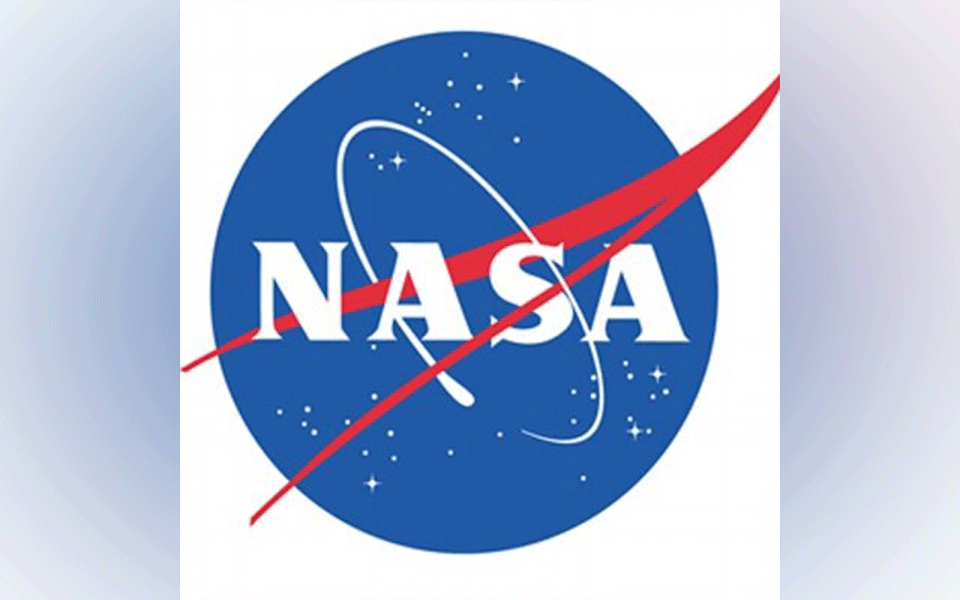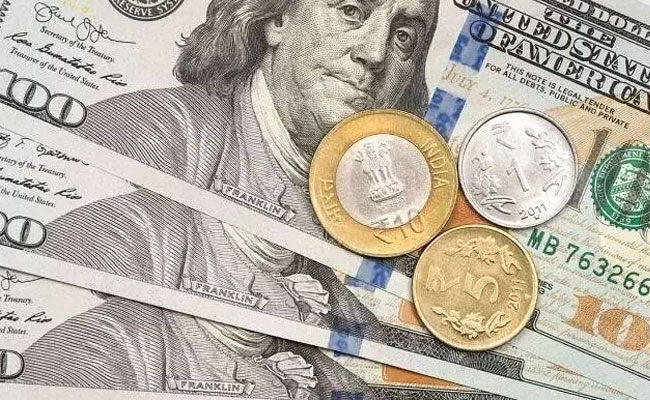Miami, Aug 12 : NASA on Sunday said it had launched Parker Solar Probe, the US space agency's historic small car-sized probe, on its seven-year space odyssey that will take it gradually closer to the Sun at 3.8 million miles.
The spacecraft, launched from Cape Canaveral Air Force Station in Florida, will transmit its first scientific observations in December, beginning a revolution in our understanding of the star that makes life on Earth possible.
The mission's findings will help researchers improve their forecasts of space weather events, which have the potential to damage satellites and harm astronauts in orbit, disrupt radio communications and, at their most severe, overwhelm power grids.
"#ParkerSolarProbe lifted off from Space Launch Complex 37 at Cape Canaveral Air Force Station in Florida at 3.31 a.m. EDT (European Daylight Time) aboard a @ulalaunch #DeltaIVHeavy!," the US-based space agency tweeted.
At 5.33 a.m., the mission operations manager reported that the spacecraft was operating normally.
The launch was initially planned for Saturday morning.
Over the next two months, Parker Solar Probe will fly towards Venus, performing its first Venus gravity assist in early October -- a manoeuvre a bit like a handbrake turn -- that whips the spacecraft around the planet, using Venus's gravity to trim the spacecraft's orbit tighter around the Sun.
"This mission truly marks the humanity's first visit to a star that will have implications not just here on Earth, but how we better understand our universe," Thomas Zurbuchen, Associate Administrator of NASA's Science Mission Directorate, said in a statement.
This first flyby will place Parker Solar Probe in position in early November to fly as close as 15 million miles from the Sun -- within the blazing solar atmosphere, known as the corona -- closer than anything made by humanity has ever gone before.
Throughout its seven-year mission, Parker Solar Probe will make six more Venus flybys and 24 total passes by the Sun, journeying steadily closer to the Sun until it makes its closest approach at 3.8 million miles.
Parker Solar Probe will set its sights on the corona to solve long-standing, foundational mysteries of Sun, the US-based space agency said.
The probe is named after Eugene Parker, a solar physicist, who in 1958 first predicted the existence of the solar wind, a stream of charged particles and magnetic fields that flow continuously from the sun.
Let the Truth be known. If you read VB and like VB, please be a VB Supporter and Help us deliver the Truth to one and all.
Kalaburagi: Members of the Karnataka Prantha Raitha Sangha (KPRS) and the Taluk Raitha Hitarakshana Samiti protested outside the Siddasiri Ethanol Power Unit in Chincholi, demanding appropriate minimum support price (MSP) to sugarcane farmers in Chincholi.
Pointing out that it was decided at the meeting chaired by District In-charge Minister Priyank Kharge on November 15 to provide farmers an MSP of Rs 2,950 per tonne of sugarcane with an additional Rs 50 as support price from sugar factory owners, the protesting farmers also demanded that the decision be implemented.
“The Siddasiri sugar factory owner has violated the agreement by paying each farmer only Rs 2,550,” the farmers have alleged.
President of the KPRS Kalaburagi District Unit Sharanabasappa Mamashetti said, “When he opened the factory, legislator Basanagouda Patil Yatnal had assured that the factory would pay farmers in Kalaburagi an additional Rs 100, but has failed to live up to the word.”
The protesting farmers have demanded that the authorities concerned give priority to sugarcane farmers of Chincholi and Kalagi taluks to support the sugarcane crop. “Also, the factories should employ local youngsters and due measures should be taken to ensure the safety of the drivers of sugarcane transport vehicles,” they said.
They also handed their memorandum to Tahsildar Subbanna Jamakhandi and Power Ethanol Unit General Manager Dayananda Banagara.
The Tahsildar has assured that a meeting with the sugar factory owners would be held to discuss the issues raised by the farmers.





